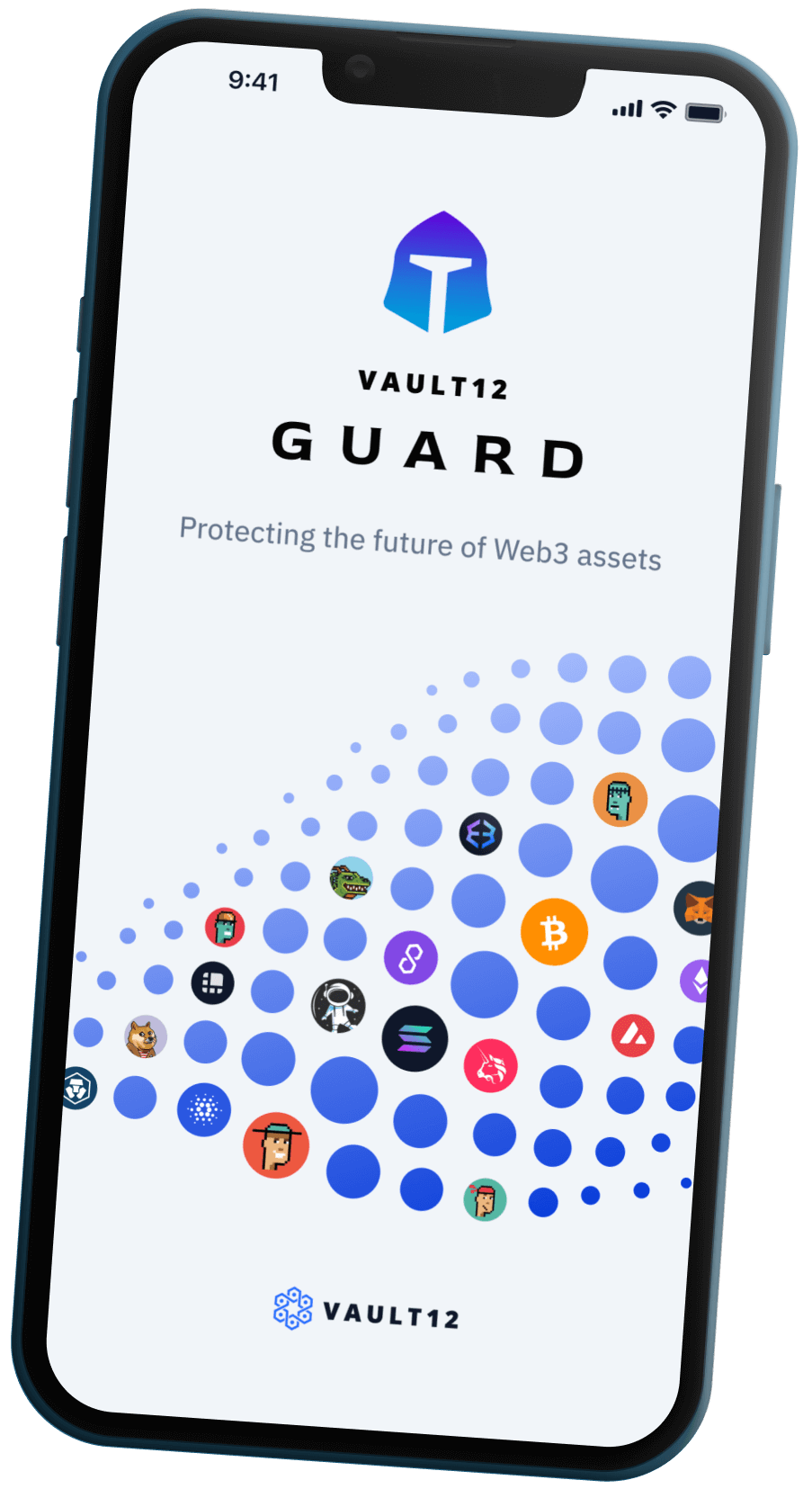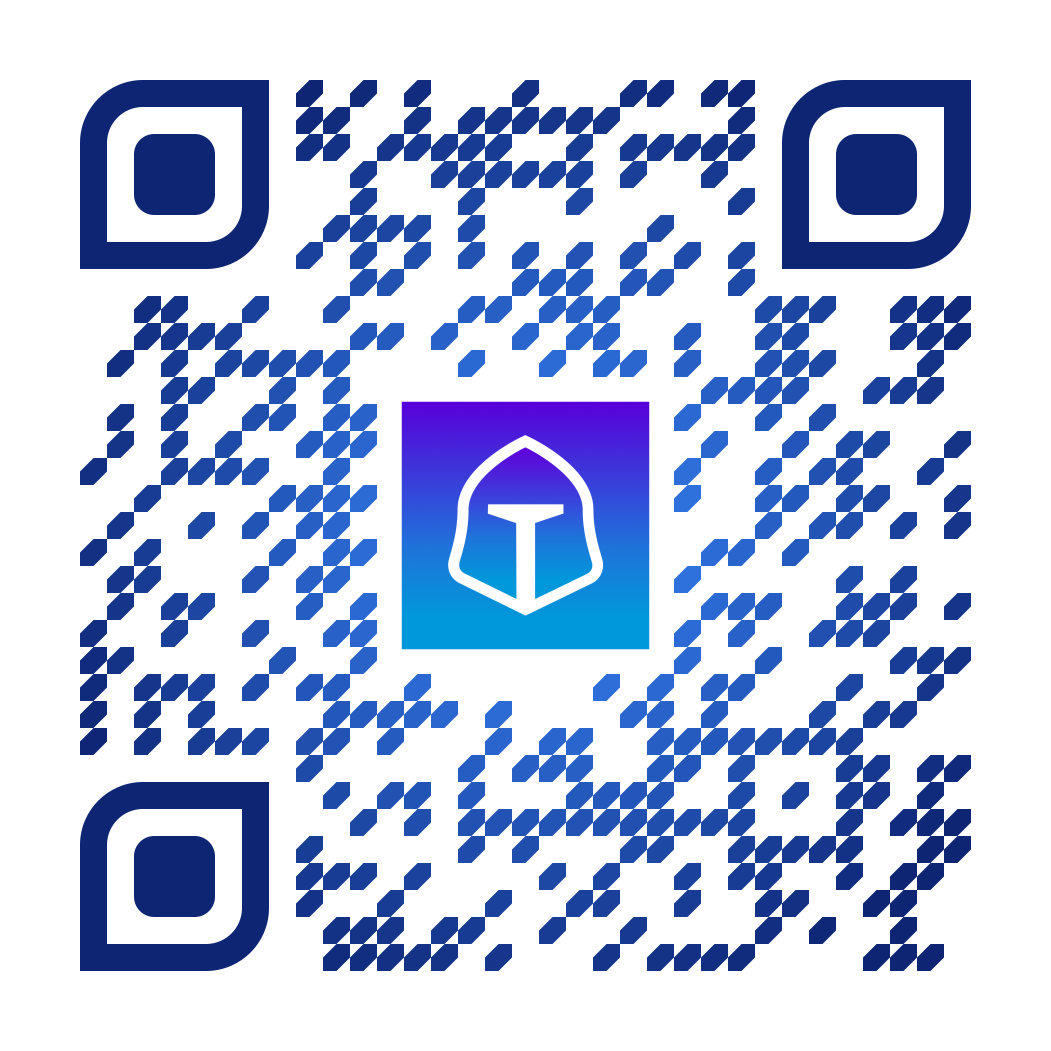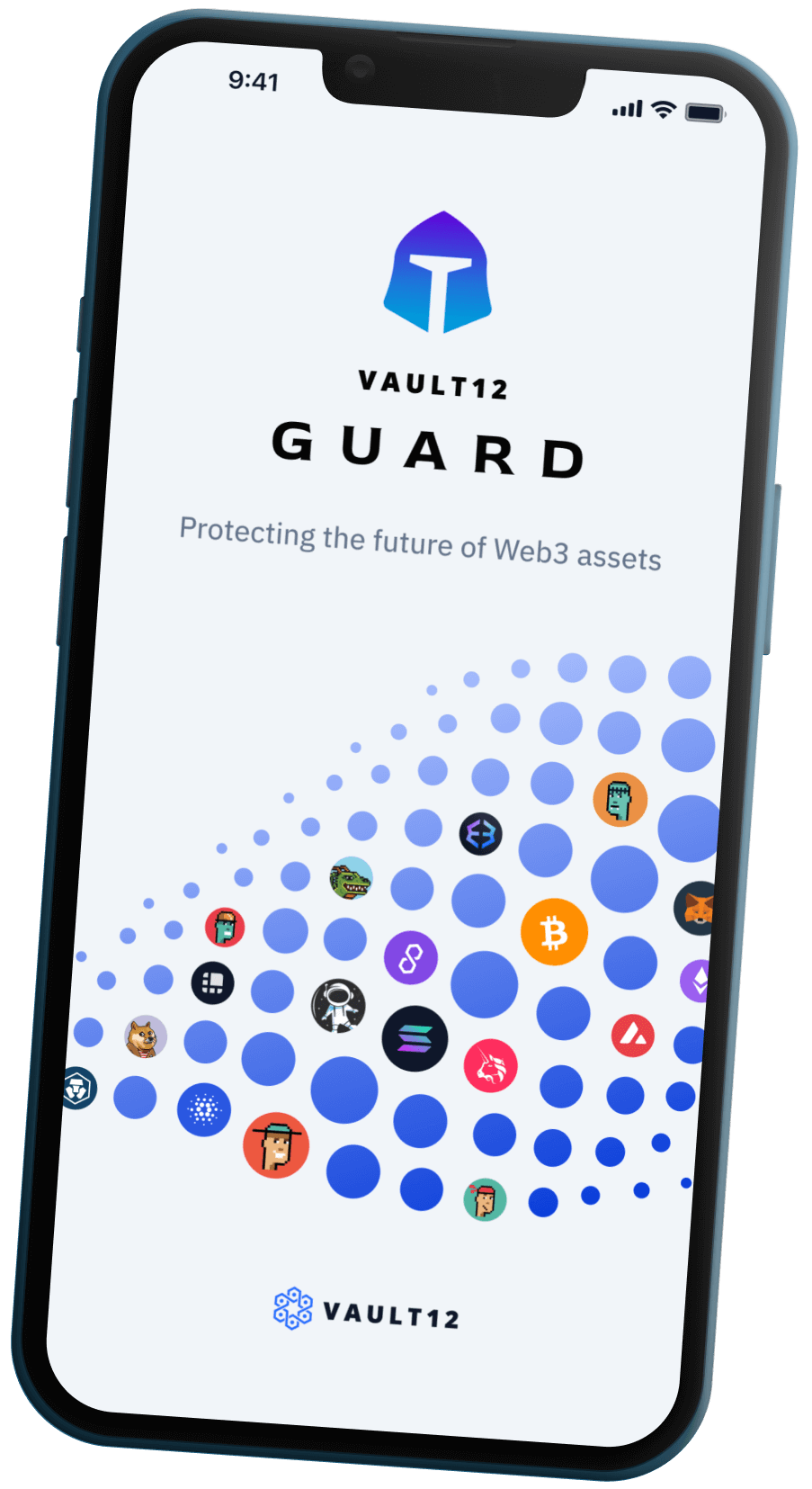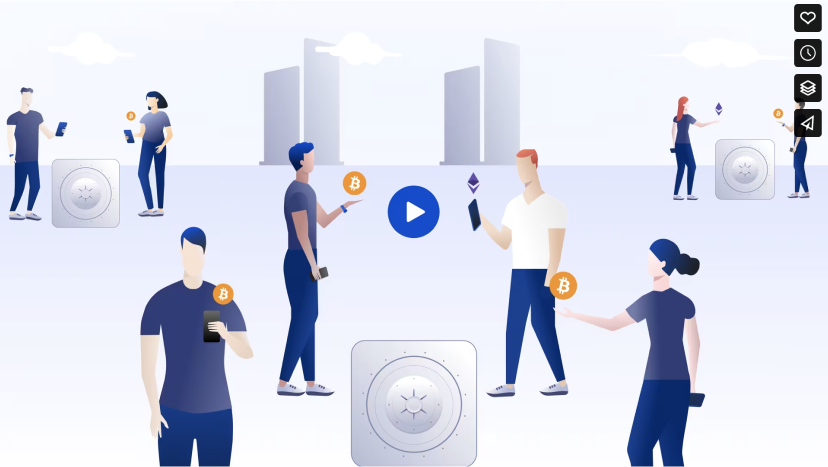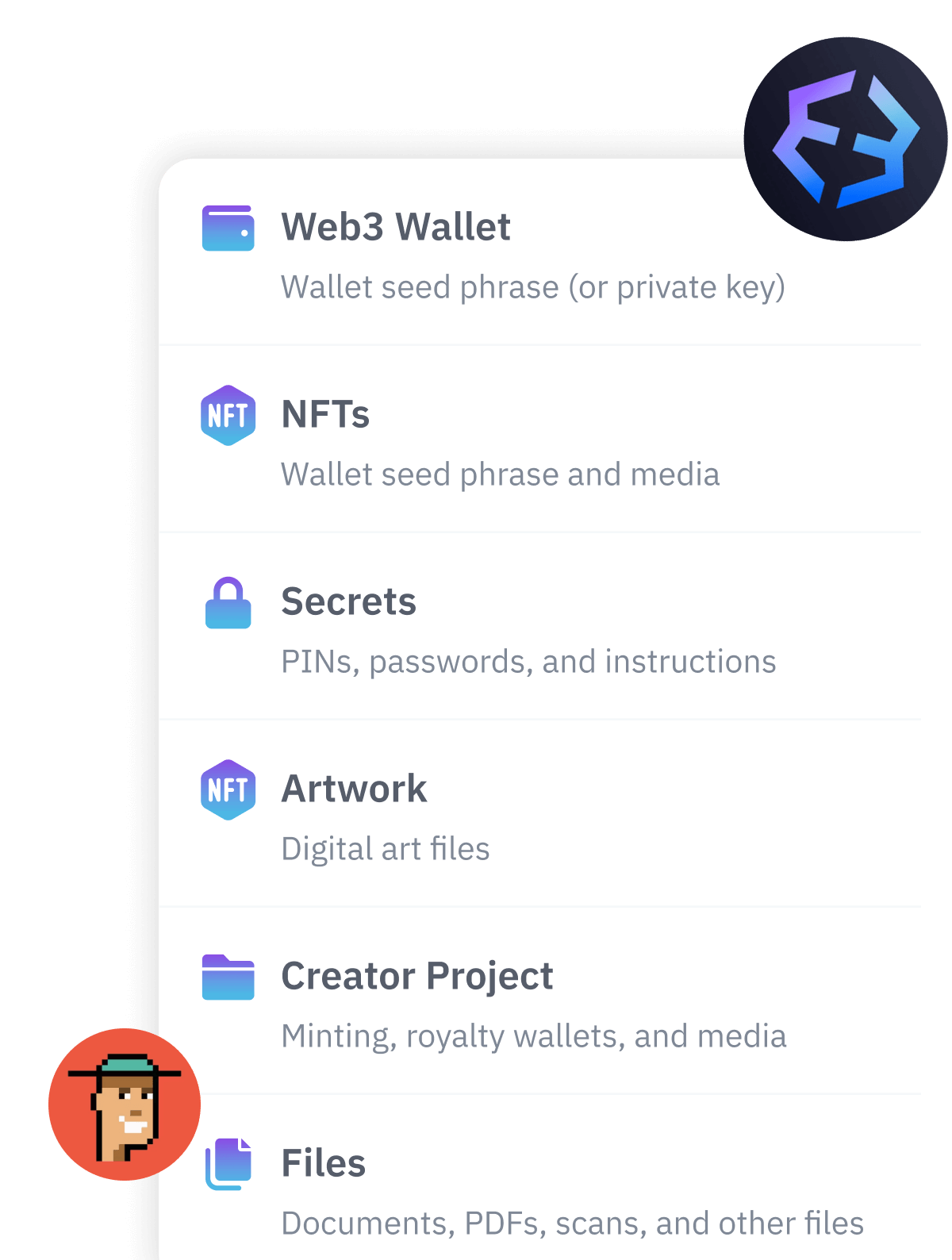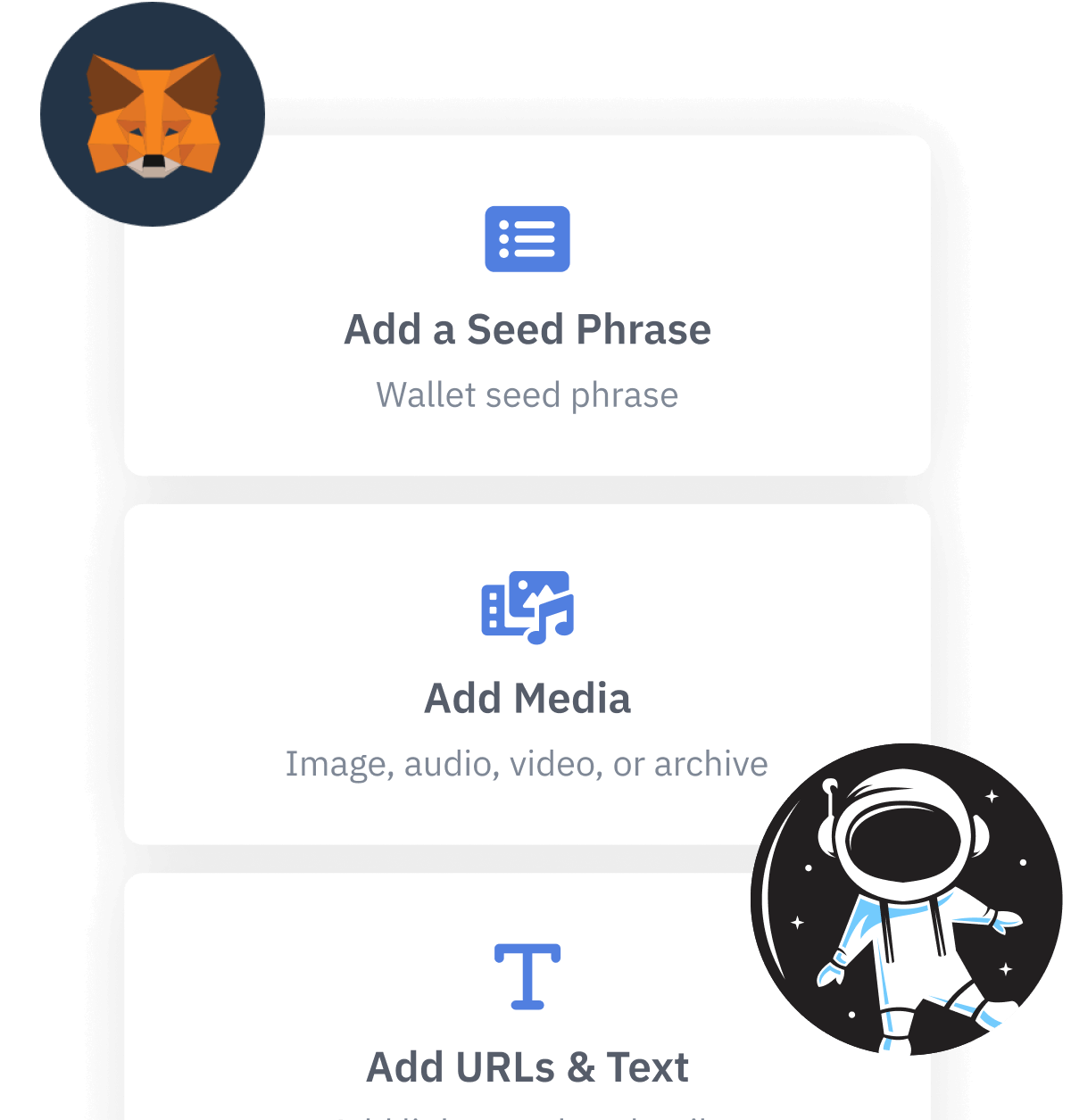
Contents
How to use a crypto wallet to generate a seed phrase.
The first time you use a cryptocurrency wallet, it will probably walk you through how to get a seed phrase. This article lets you know what to expect by offering a high-level overview of the wallet seed phrase setup steps.
TL;DR
You can choose to generate a seed phrase from a cold-storage or "hot" wallet. (Always be careful where you download or purchase your wallet from! )
See the Vault12 Wallet Guides for more guidance on how to fully configure your wallet. Generating a seed phrase is a subset of that process, and this article just gives you the high-level view.
Most wallets force you to repeat the seed phrase that it generates for you back to it so that it can confirm that you captured the phrase in some form. (But the wallet will not know how effective your backup form is!)
Once you have generated your seed phrase with a wallet, you must back it up securely for long-term storage. Vault12 is the best way to store your seed phrase (and more).
Select and acquire a wallet.
If you plan to retain custody of your cryptocurrency keys, you will need a wallet to interact with the cryptocurrency ecosystem. Selecting an appropriate wallet depends on your specific needs. Different wallets store different cryptocurrencies, so it's important to make sure the wallet you purchase can accept the cryptos you want to store.
If you plan to buy and hold cryptocurrencies for a long period of time, a hardware wallet is probably your best choice. They keep your crypto safe by never directly connecting to the internet. Despite being more cumbersome to use, they are your safest choice for crypto cold storage.
If you are trading or holding smaller amounts of crypto for shorter periods of time, desktop wallets or mobile wallets may be an option.
Web wallets, including wallets on exchanges, offer limited security. Experts recommend not keeping significant amounts of cryptocurrency in exchanges, but rather, putting them safely into cold storage on a hardware wallet.
With wallets, as with everything related to cryptocurrency, be careful of scam websites created to fool you. Be sure of where you are getting your wallet from, to ensure that it is a trusted source. Some hardware wallets are shipped in tamper-evident packaging, and some others are designed to indicate on initial startup if they have been tampered with.
You can check out our wallet guide for setup details for different wallet types, including the Trust Wallet for iOS and Android, and the Metamask wallet for iOS, Android, or browser extension.
Wallet setup - high-level view.
To set up your wallet, follow your wallet documentation, and also refer to the Vault12 Wallet Guide specific to the wallet type. Setup usually takes less than 15 minutes. For a hardware wallet, you will need to download software to your computer. The setup steps will walk you through connecting the hardware wallet to your computer, and possibly installing or updating firmware. You will likely be prompted to set a wallet PIN and/or password for access to its interface. Software wallets will have a similar setup, but will not include a step to install firmware.
How to create your seed phrase in a wallet.
Wallets will walk you through the steps to set up a seed phrase the first time they are used. When you arrive at the seed phrase creation step, the wallet will display each of the words, one at a time. Write down each word in the order it was received. For example, 1=race, 2=affair, 3=onion, 4=dinosaur, etc.
Because it is so important to permanently and correctly capture the seed phrase, wallets will make you carefully verify that you have correctly recorded each word. After displaying all of the words, the wallet will ask you to confirm again, for example: "What is number 9? Number 3? Number 7?" Confirm all words to the wallet as it prompts you. Once you verify all of the words, you have successfully generated your seed phrase.
If you want to understand how is a seed phrase made, there is a more technical article about the BIP39 standard that explains exactly how seed phrases are made.
What happens if I lose my seed phrase? (And how can Vault12 help me avoid losing my seed phrase?)
You are probably wondering where to keep seed phrases. Here is some motivation: if you lose your seed phrase, you will probably lose all of your crypto. "Immediately" is the best time to back up your precious seed phrase. Continue reading the next linked article to learn how to back up your seed phrase.
For the best seed phrase backup, use Vault12.
How to use a crypto wallet to generate a seed phrase.
The first time you use a cryptocurrency wallet, it will probably walk you through how to get a seed phrase. This article lets you know what to expect by offering a high-level overview of the wallet seed phrase setup steps.

Vault12
Vault12 is the pioneer in crypto inheritance and backup. The company was founded in 2015 to provide a way to enable everyday crypto customers to add a legacy contact to their cry[to wallets. The Vault12 Guard solution is blockchain-independent, runs on any mobile device with biometric security, and is available in Apple and Google app stores.
You will lose your Bitcoin and other crypto when you die...
...unless you set up Crypto Inheritance today.
It's simple — if you don't worry about crypto inheritance, nobody else will — not your software or hardware wallet vendors, not your exchanges, and not your wealth managers. So it's up to you to think about how to protect the generational wealth you have created, and reduce the risks around passing that crypto wealth on to your family and heirs. What are the challenges with crypto inheritance?
- Crypto Wallets are difficult to use and do not offer crypto inheritance management. In fact, most of them tell you to write down your seed phrase on a piece of paper, which is practically useless.
- Some people back up their wallet seed phrases or private keys on paper, local devices like hardware wallets or USBs, or in the cloud. All of these options have severe drawbacks that range from hacking to accidental loss to disrupted cloud services.
- Software wallets operate on specific blockchains, yet your crypto assets span multiple blockchains. For inheritance to work, you must be able to manage inheritance across every blockchain — now and forever.
DISCLAIMER: Vault12 is NOT a financial institution, cryptocurrency exchange, wallet provider, or custodian. We do NOT hold, transfer, manage, or have access to any user funds, tokens, cryptocurrencies, or digital assets. Vault12 is exclusively a non-custodial information security and backup tool that helps users securely store their own wallet seed phrases and private keys. We provide no financial services, asset management, transaction capabilities, or investment advice. Users maintain complete control of their assets at all times.
Pioneering Crypto Inheritance: Secure Quantum-safe Storage and Backup
Vault12 is the pioneer in Crypto Inheritance, offering a simple yet powerful way to designate a legacy contact and pass on your crypto assets—like Bitcoin (BTC), Ethereum (ETH) and Solana (SOL) —to future generations. Built for everyday users yet robust enough for the most seasoned crypto enthusiasts, Vault12 Guard ensures your wallet seed phrases and private keys are preserved in a fully self-sovereign manner, across all Blockchains.
At the heart of Vault12 Guard is quantum-resistant cryptography and a decentralized, peer-to-peer network of trusted Guardians. Your critical information is never stored in the cloud, on Vault12 servers, or even on local devices—dramatically reducing the risk of a single point of failure. By fusing a powerful software layer with the Secure Element of iOS devices (Secure Enclave) and Google devices (Strongbox), Vault12 Guard locks down your private keys against present and future threats.
Our innovative approach harnesses social recovery, enabling you to appoint one or more trusted individuals or mobile devices as Guardians. These Guardians collectively safeguard your protected seed phrases in a decentralized digital Vault—so there’s no need for constant lawyer updates or bulky paperwork. Should the unexpected happen, your chosen legacy contact can seamlessly inherit your crypto assets without compromising your privacy or security.
Preserve your digital wealth for generations to come with Vault12 Guard—the simplest, most secure way to manage crypto inheritance and backup.
Take the first step and back up your crypto wallets.
Designed to be used alongside traditional hardware and software crypto wallets, Vault12 Guard helps cryptocurrency owners back up their wallet seed phrases and private keys (assets) without storing anything in the cloud, or in any single location. This increases protection and decreases the risk of loss.
The first step in crypto Inheritance Management is making sure you have an up-to-date backup.
The Vault12 Guard app enables secure decentralized backups, and provides inheritance for all your seed phrases and private keys across any blockchain, including Bitcoin, Ethereum, and others, and for any crypto wallet.
Note: For anyone unfamiliar with cryptocurrencies, Vault12 refers to wallet seed phrases and private keys as assets, crypto assets, and digital assets. The Vault12 Guard app includes a software wallet that works alongside your Digital Vault. The primary purpose of this is to guard your Bitcoin (BTC) and Ethereum (ETH) wallet seed phrases, private keys, and other essential data, now and for future generations.

